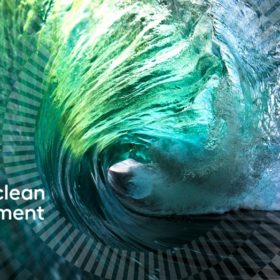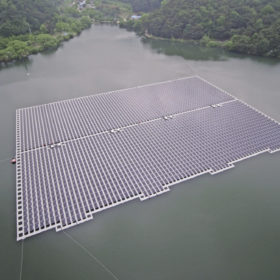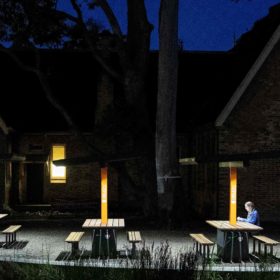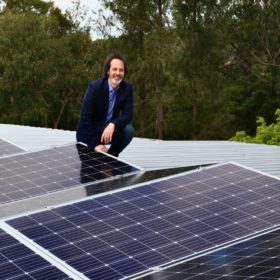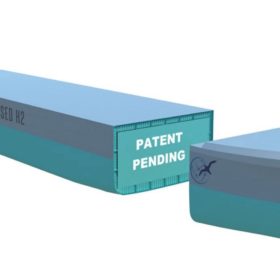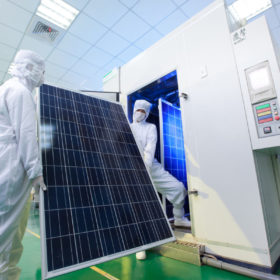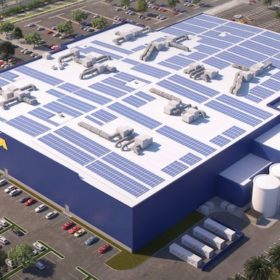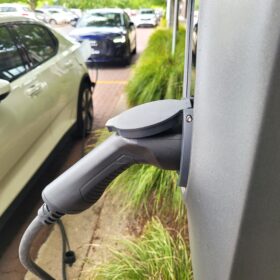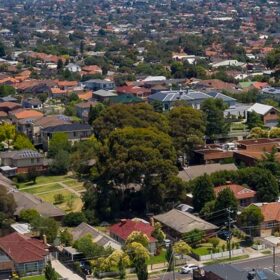CEFC annual report glowing with ‘prudent investment’
The Clean Energy Finance Corporation (CEFC) has published its annual report this week, a report glowing with the hue of ‘prudent investment’ according to the CEFC Chair. The report emphasises the prudence and efficacy of the green bank’s mandate despite attempts by the Morrison Government to siphon off funds for fossil-fuel investments.
Vietnam opens 450 MW solar plant as utility-scale solar era dawns in SE Asia
Ho Chi Minh City-based construction company Trungnam Group said its army of labourers took just 45 days to perform site clearance for a project which took shape within 102 days. The 450 MW solar plant signals a new era in utility-scale solar for Vietnam, which is already seeing significant growth in its rooftop solar markets.
Australia a key player in new Global Power System Transformation team of 6
This week will see the official launch of a global taskforce that aims to support worldwide uptake and integration of renewables and achieve at least 50% reduction in emissions over the coming decade.
No-flow zinc-bro batteries set USyd campus aglow with solar energy
Professor Thomas Maschmeyer has taken his reimagining of zinc-bromine battery chemistry to the point of commercial launch; a new installation at the University of Sydney demonstrates the Gelion battery’s utility and appeal.
Solpod-engineered, Australian-manufactured solar rooftop mounts launched under the Schletter brand
A locally designed and made range of versatile solar mounting products offers Australian installers of commercial and industrial rooftop systems smart solutions backed by global company Schletter’s sales and support network.
The weekend read: The plan to REZurrect Australia’s large-scale segment
Investment in large-scale solar appears to be faltering in Australia. The technology with the lowest cost, with no emissions and the fastest time to delivery, has often found itself dangling at the oversubscribed end of a limp transmission line, with additional, expensive requirements to connect, or earnings-slashing curtailments when operational. Investors have found no reassurance in the federal government’s winking at coal, courting of gas, and undermining of agencies established to support innovation and investment in renewables. In short, the Australian prime minister is showing a complete lack of urgency to act on climate change. Enter the Renewable Energy Zone.
GEV to develop compressed hydrogen ship for Australia’s green hydrogen exports
Global Energy Ventures announced to the ASX yesterday its design for the H2 Ship, a compressed hydrogen ship capable of transporting 2,000 tonnes of hydrogen from green hydrogen hubs in northern Australia to trading partners such as Singapore, Korea, China, and Japan.
ARENA helps fund project to demonstrate energy efficient housing at scale
The Australian Renewable Energy Agency is chipping in over $700,000 to help Frasers Property Australia build 51 energy efficient homes complete with a solar embedded network. The idea is to demonstrate to the wider housing sector that energy efficient homes can be built at scale and be cost-effective to the customer.
Interview: The latest on solar module degradation
Solar system power losses due to degradation can be a hidden destroyer of PV value. Researchers from the UNSW are conducting world-leading research into degradation phenomena such as Light and Elevated Temperature Degradation (LeTID) and have found the problem widespread. Encouragingly, UNSW’s Alison Ciesla says that mitigation in production is possible.
Ikea Adelaide constructing unique microgrid on its way to 100% renewable energy
Ikea Adelaide is leading the way for the Swedish giant’s global aspirations towards 100% renewable energy through what is being touted as Australia’s largest grid-connected commercial microgrid. The two stage project boasts a range of unique features which could lay the foundations for a new sustainable energy model for Australia.
